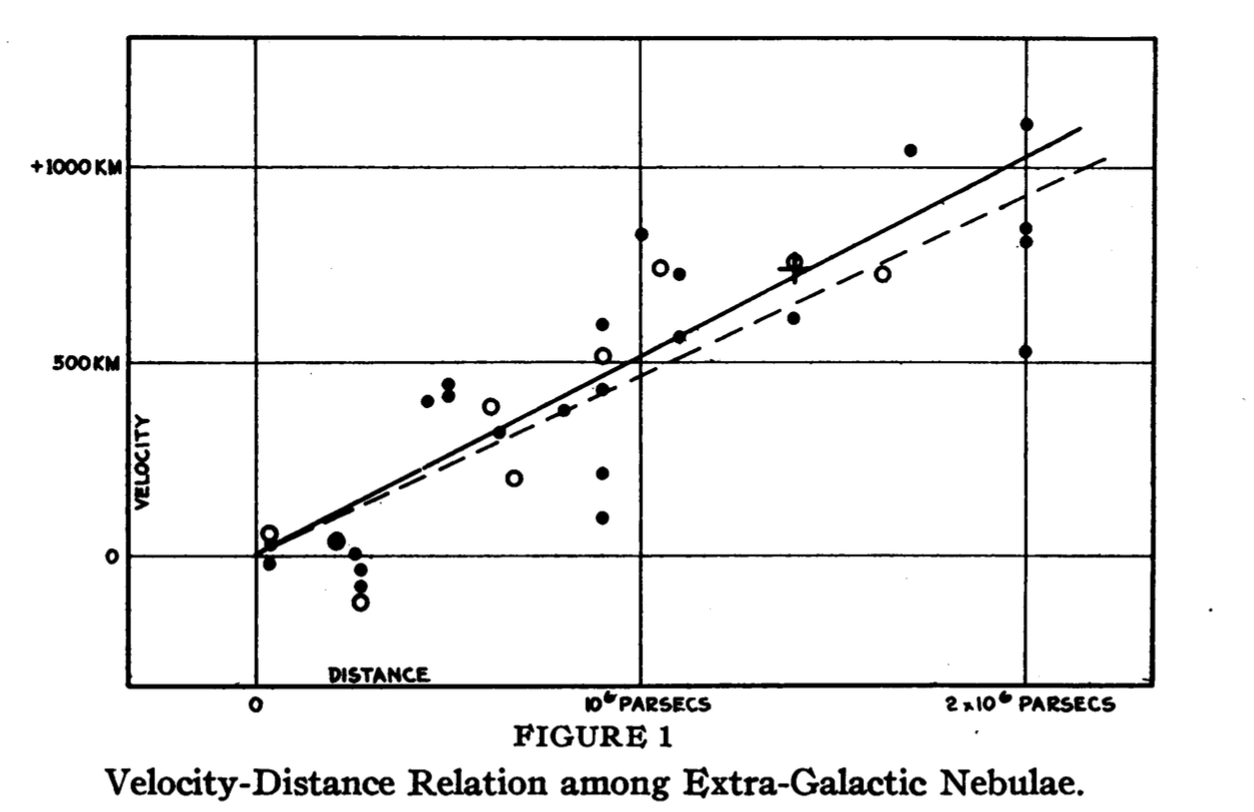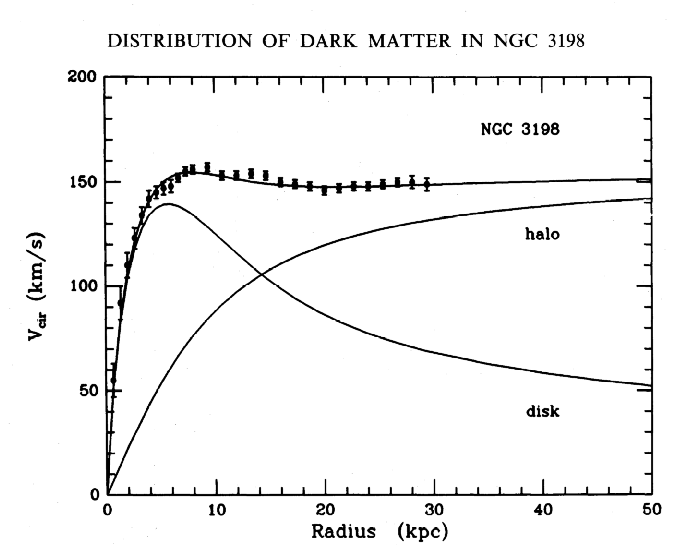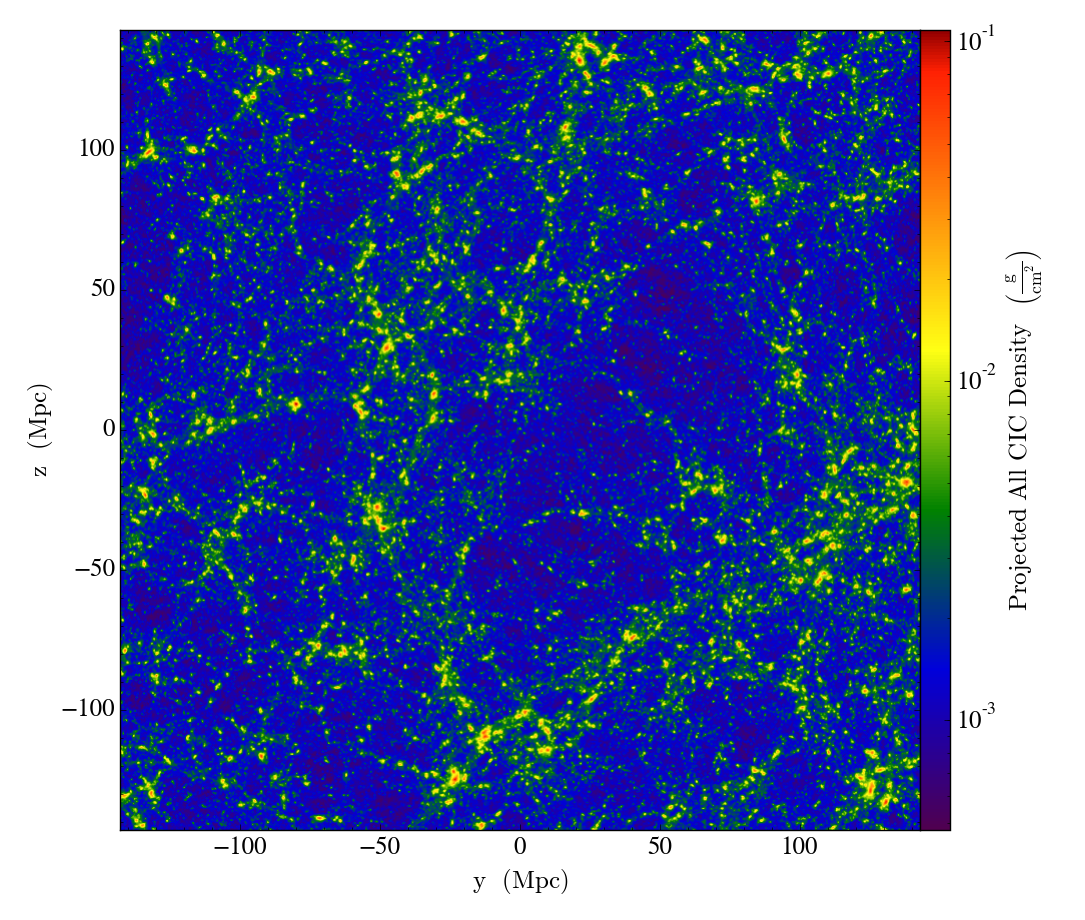After completing Jeremy Howard’s Deep Learning course, I wanted to put my skills to the test on something fun and interesting, so I set out to train a neural network that classified planets. I’m happy with the end result (and its cheeky name): plaNet.
I wanted to classify major solar system planets based on salient features. The issue with this approach is that there isn’t very much data to train a neural network on. I scraped AstroBin for amateur photos of planets, but I found that most of them simply looked like smudges, and the outer planets were either unrecognizable or missing entirely.

To get around these issues, I based my approach on two methods: data augmentation on my small dataset, and fine-tuning an existing neural network. Data augmentation is simple in Keras, so I dramatically increased my dataset size simply by applying transformations to my initial images. I fine-tuned my network on VGG’s ImageNet convolutional layers (a classic approach to transfer learning). I dropped out the last fully-connected layer, which was trained to classify everyday objects, and kept the convolutional layers. These layers are great for identifying features — edges, shapes, and patterns — that could still be found in my images of planets. At this point, I pre-calculated the output of the convolutional layer on the initial and augmented datasets in order to easily combine them into one feature set, then I was able to train with a relatively solid test accuracy (~90%). I used a high dropout rate in order to avoid overfitting to my small training dataset, and it seems to have worked.
I want to highlight the simplicity of this approach. Because we’re simply fine-tuning a pre-trained neural network, we can access what is essentially the state of the art in deep learning with just a few lines of code and a small amount of computing time and power (compared to training an entire network from scratch). My work was mostly in preparing the datasets and fine-tuning different parameters until I was happy with the results. If you haven’t already, I encourage you to take a look at the course online. Many thanks to Jeremy Howard for giving me a practical approach to something I’ve only had theoretical backing for so far.




